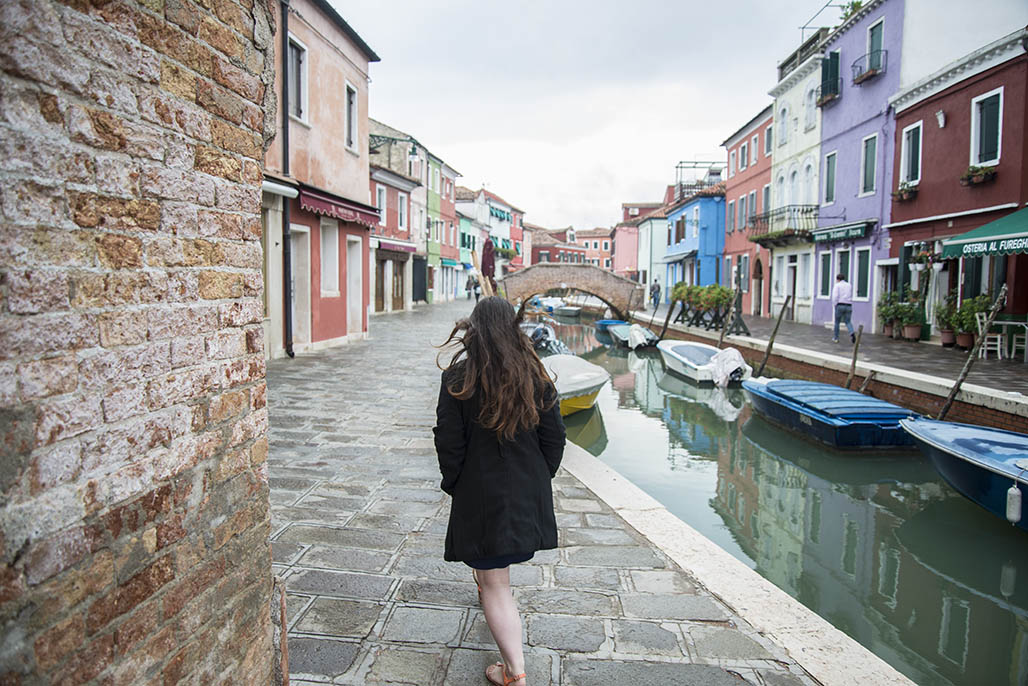Some of the links in this post are affiliate links. This means if you click on the link and purchase the item, I may receive an affiliate commission at no extra cost to you.
If you’re wondering what is the best time to visit Italy you’ll want to read this article. Learn about the best months to visit Italy, seasonal changes and the high / low seasons.
Truthfully, Italy is a beautiful place to visit at any time of the year, as pizza and raviolli will get you through any season. However depending on the type of weather you prefer, and the budget you have, you may want to be careful when choosing a month to visit Italy.
Three Must Haves
Don’t go on your holiday without the following three must haves – a good quality (but affordable) memory card, an international plug adapter, and noise reduction earphones. These items have been super helpful on my travels in different ways, and are probably the best things I’ve had in my packing list.
Pin it
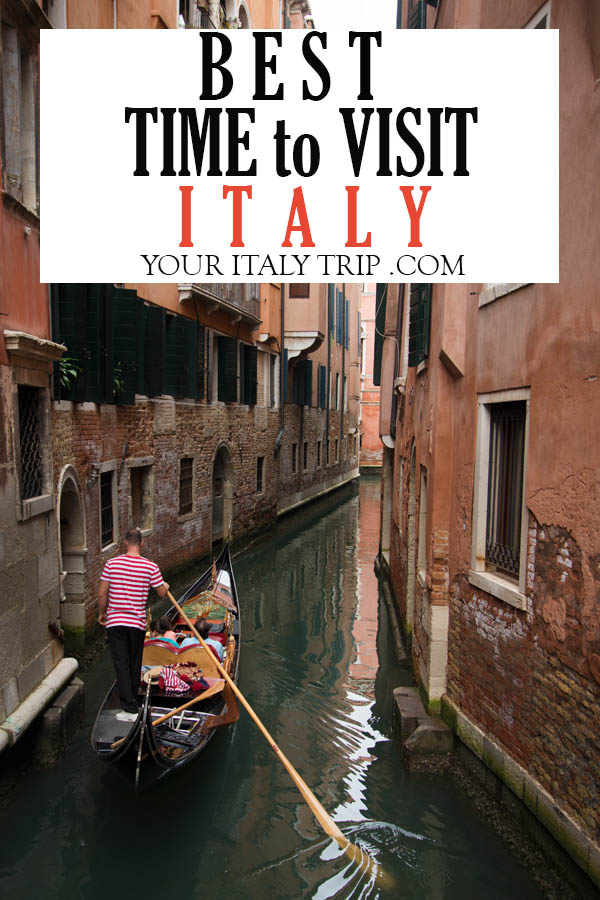
Best months to visit Italy
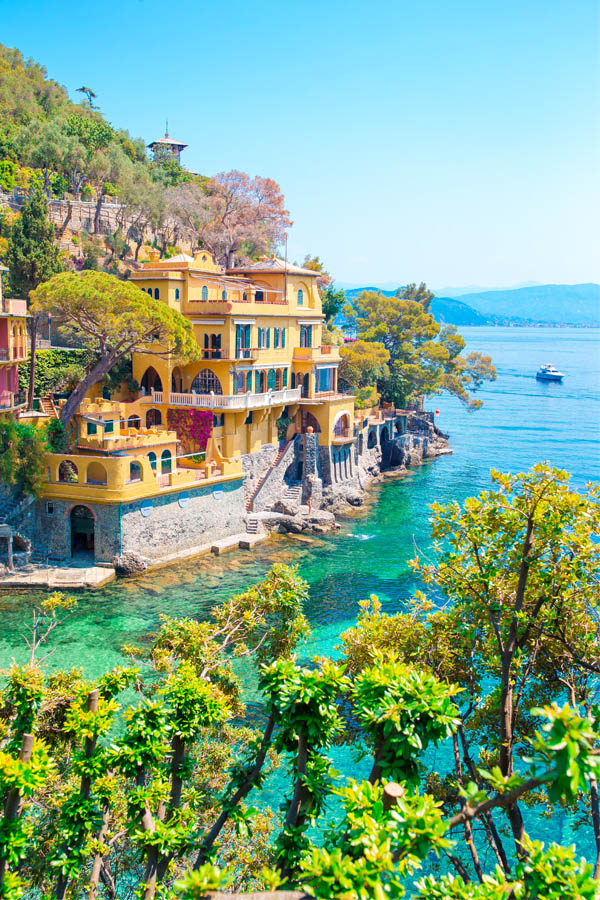
Visiting Italy in June, July, August
The Italian coastline is washed by five seas, and summer is the traditional swimming season in the country. Average temperatures are at 25-30 degrees Celsius, although the country’s southern regions record figures as high as 38 degrees Celsius. There is little precipitation in the form of rains so you will spend most of your time evading the heat. Although pleasant, evenings are cooler with nighttime lows of 16 degrees Celsius which are manageable with some loose, lightweight clothing. During the summer, visitors can enjoy fun festivals and events including the Feast of St. Peter and Paul in Rome.
Visiting Italy in September, October, November
Average autumn temperatures generally do not exceed 20 degrees Celsius, although in September they can rise to the low thirties. The weather at this time is pleasant for taking evening walks around the magnificent cities and inside the nature parks. As the season progresses, the weather begins to cool off and there is a greater chance of rainfall in October. Autumn is the season for culinary events where visitors can enjoy the country’s food culture dedicated around wine and truffles. The Festival of Grapes is just one of the fun festivals and events that you can enjoy at this time.
Visiting Italy in December, January, February
Winter has temperature variations with most of the country recording zero degrees Celsius while the alpine region drops to -15. Snow is common in the mountains and at high elevations, and you may even witness some snow falling in Venice. Winter is the perfect season for those who prefer the ski resorts for a vacation on the powdery slopes. Other tourists visit Italy during the winter months for some shopping in order to take advantage of the declining prices. Some of the fun holidays to enjoy in Italy during the winter include Christmas Day, New Year and Valentine’s Day.
Visiting Italy in March, April, May
The spring months of March through May are the best time to visit Italy when the natural scenery is glorious. During this time of the year in Italy, temperatures are pleasantly mild and range between 15 and 20 degrees Celsius. This is when the first blooms start to appear among fruit trees such as the citrus, olives, figs and pomegranates. There’s also an incredible diversity of highland animals in the Alps, and an abundance of fish species in the rivers. The coming of spring is also a time to celebrate fun festivals and events including the Feast of San Giuseppe.
Best time to visit Italy by type of trip
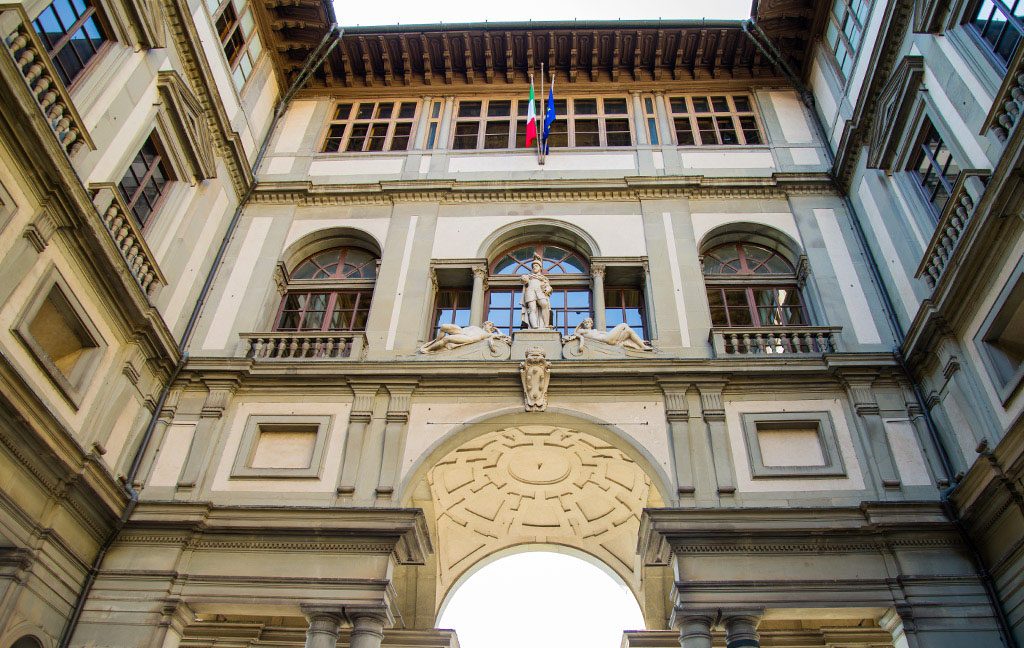
Low Season
Winter is generally Italy’s low season, although this is the time when mountain ski resort areas enjoy their high season. At this time, visitors can enjoy the big cities without the crowds, as well as significant discount rates at hotels.
Off peak Season
The off peak season in spring and autumn is a great time to visit Italy as the temperatures are comfortable. Although the rates are not the lowest and the crowds are not the fewest, this season offers a great compromise.
High Season
Generally, summer is the high season when temperatures throughout the country are very warm and big cities are crowded. During this time of the year, the country teems with visitors which drives travel and accommodation rates to their highest.
Best months for a honeymoon
The months of May to June, and September through October are the best for newlyweds to enjoy a romantic getaway. During this period, you can expect some of the best weather, while the crowds will not be at their peak.
Best weather
The months of May through October are the best for visiting Italy if you are looking to enjoy great weather. At this time of the year, the weather is pleasant with moderate temperatures that make it ideal for some sightseeing.
Best month to save money
If you are on a budget, March, April and November are the best months to travel to Italy for savings. Plan your visit around the first Sunday of the month when state-run attractions throughout the country are free to visit.
Best months to go diving or snorkeling
The best time to visit Italy for some diving or snorkeling is from April to June and mid-September to October. At this time, the temperatures are mild and pleasant, while the sea waters are warm and calm, providing clear visibility.
How to get to Italy
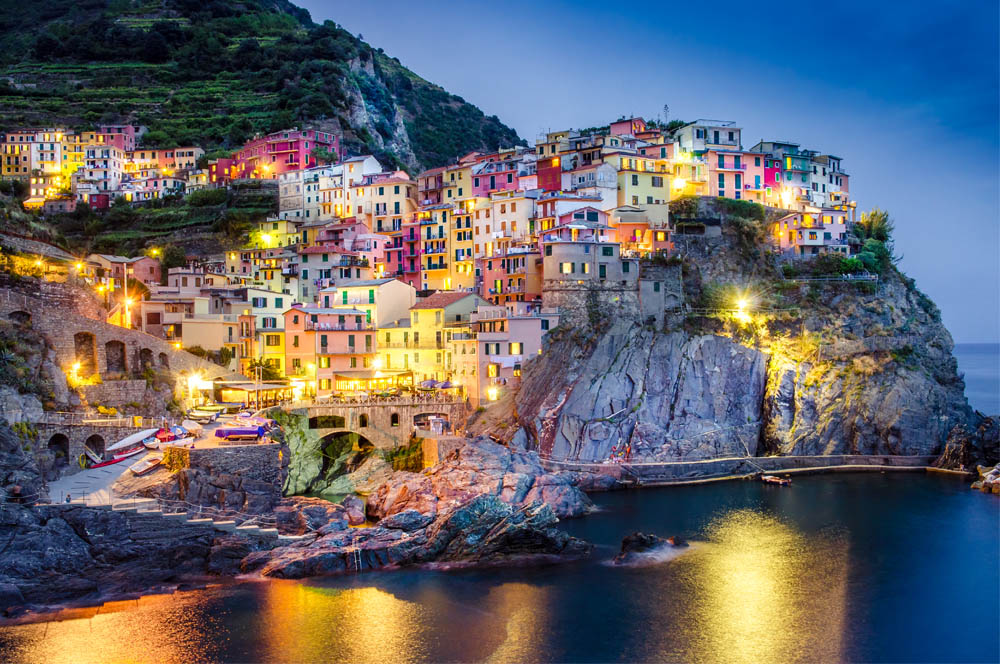
Travelers who wish to visit Italy can go by bus, train, ferry, cruise ship and plane to get there. The most common way of getting to Italy is by taking a direct flight landing in Rome, Milan or Venice. Several airlines offer direct international flights to Italy though their European hubs, arriving at the major international airports in Italy.
It is also possible to take a train from most European cities to reach Italy, arriving in Rome or Milan. Although not the most convenient means, you can also get to Italy by road across the borders of neighboring countries.
How to get around Italy
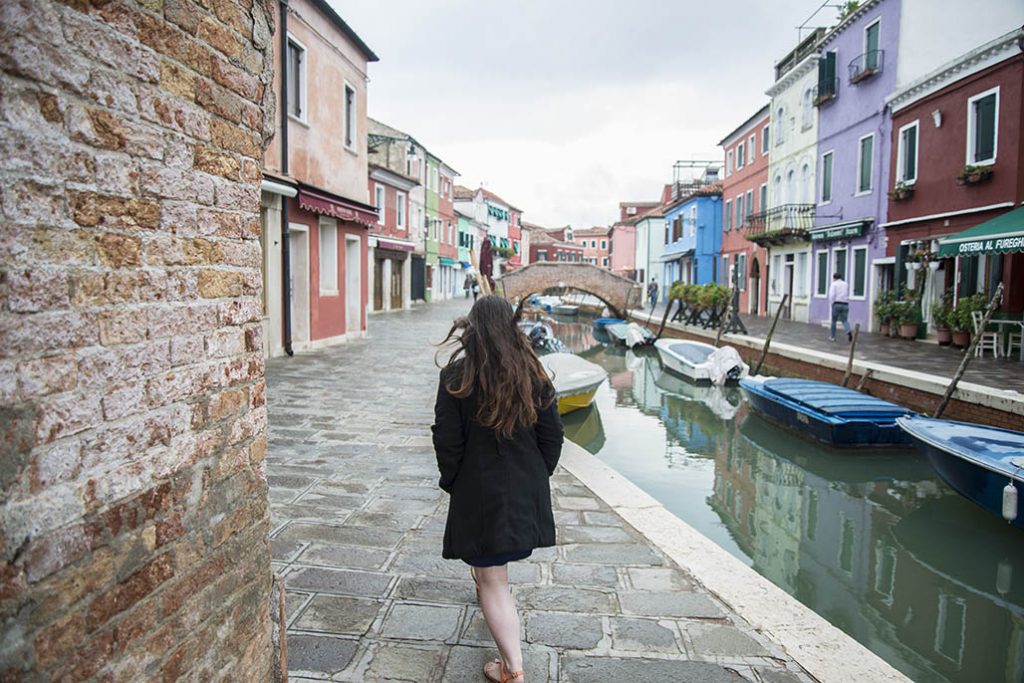
Italy boasts an excellent national train system which is the most popular way for travelers to get around the country. Trenitalia is the country’s primary train operator which offers both regional and long-distance trains across Italy, with tickets available online.
Taking the bus is an ideal option for reaching destinations around Italy that are not serviced by the rail network. The long distance coach service in Italy is available in a few select routes connecting several cities in the country.
If you are headed to the more rural regions like Tuscany, you will see much more by renting a car. When hiring a car in Italy, take note that insurance is mandatory and included in the cost of your rental.
Italy boasts over 4,000 miles of coastline and major lakes and islands, so you are likely to encounter boat travel. If traveling to Sicily or Sardinia, you can reach these islands via overnight ferry or a hydrofoil from the mainland.
Alternatively, exploring the towns of Italy on a vespa may just prove to be the ultimate Italian experience for you. There are many local companies that rent out vespas, and it is also possible to go on organized vespa tours.
Tips for Travel in Italy
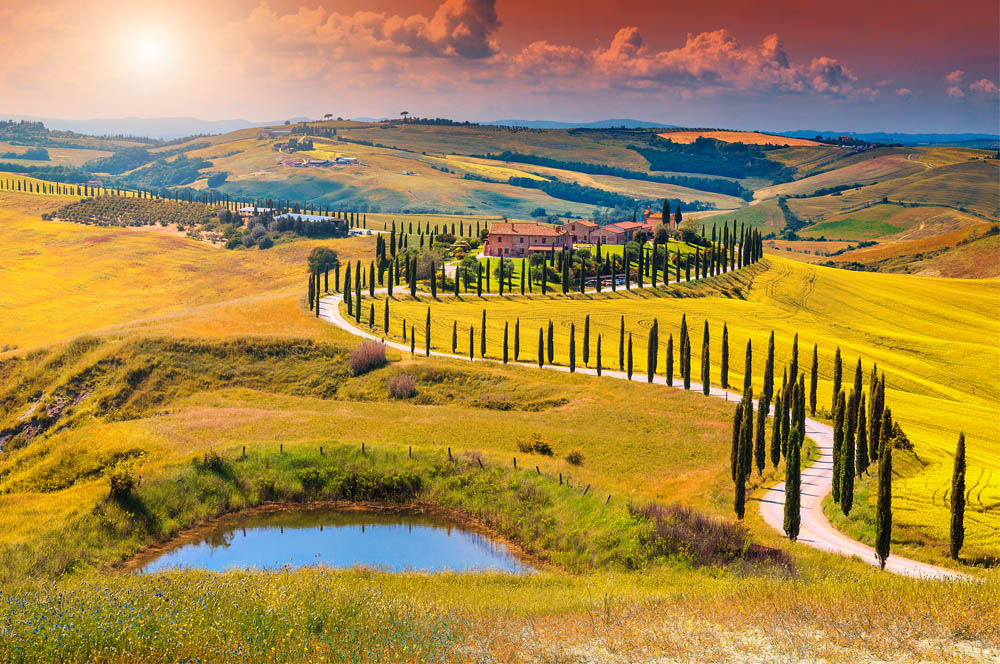
Project-Photo / bigstockphoto.com
- If you are going to ride the bus, tram or train, be sure to always validate your ticket before boarding.
- You can avoid overpaying in currency conversion fees by withdrawing at local ATMs that dispense the Italian currency.
- Although credit cards are widely accepted at most tourist destinations, it is wise to always carry some cash with you.
- If you will stay in a city for several days, a travel pass will come in handy for saving money.
- Italian shops and restaurants traditionally close for siesta, an afternoon break that lasts from 1pm to 3.30pm.
- Italians are not big on tipping, but expect to pay “pane e coperto”, a standard bread and cover charge.
- While most large cities have English speakers, it is advisable to learn some basic phrases in Italian before you go.

